A Taste of the Great American Rail-Trail
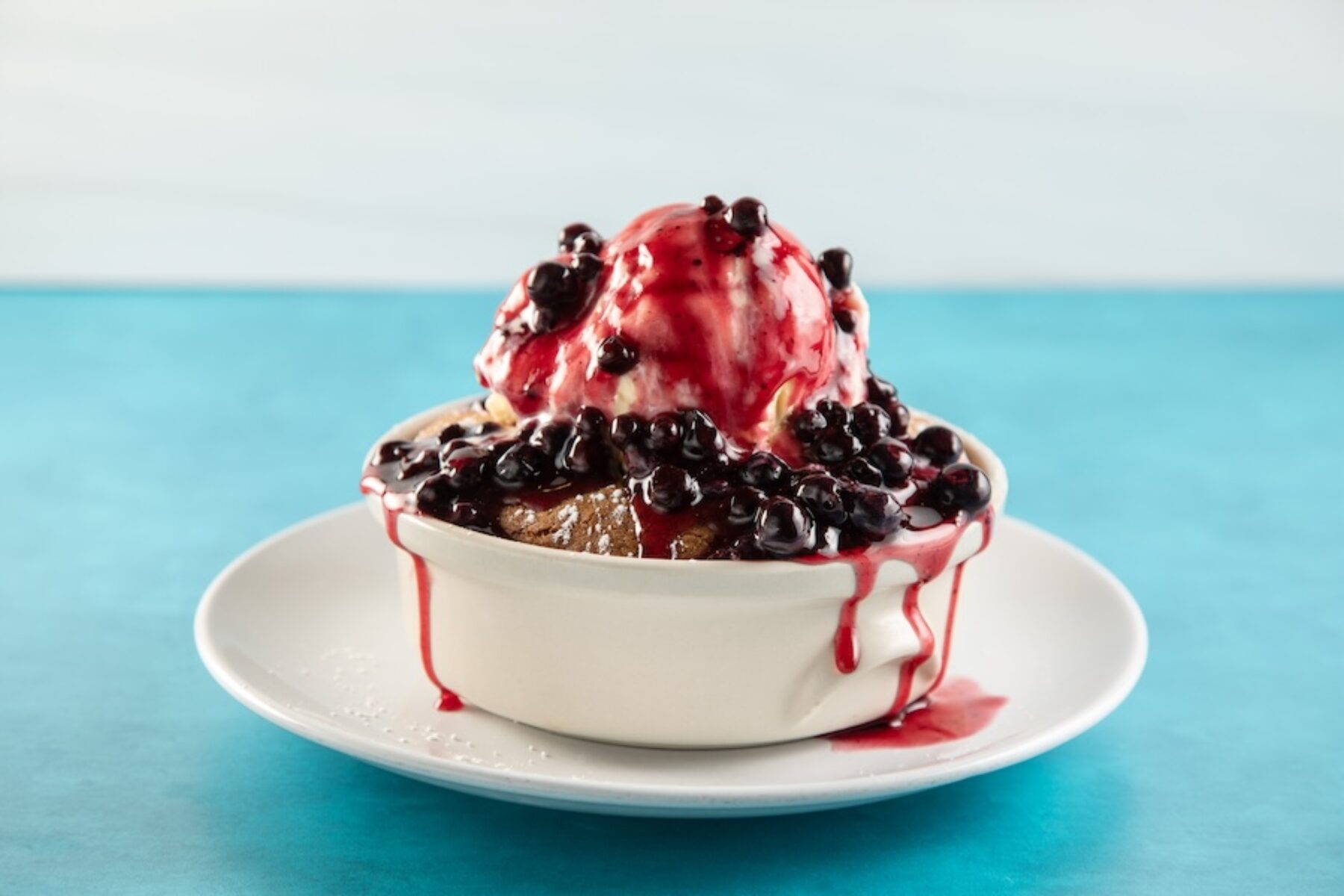
As the Great American Rail-Trail® journeys 3,700 miles across the country, it serves as a singular connector for the diversity of cultures, history and traditions found in every community it touches. Those differences are perhaps most tangibly experienced through food—something so universal yet so significantly shaped by where we are and who we’re surrounded by. Here, we share just a taste of the unique foods you’ll find along this palatable pathway between Washington, D.C., and Washington State. Bring your culinary curiosity and let’s dig in!
This article was originally published in the Spring/Summer 2025 issue of Rails to Trails magazine and has been reposted here in an extended format. Subscribe to read more articles about remarkable trails while also supporting our work.
Maryland
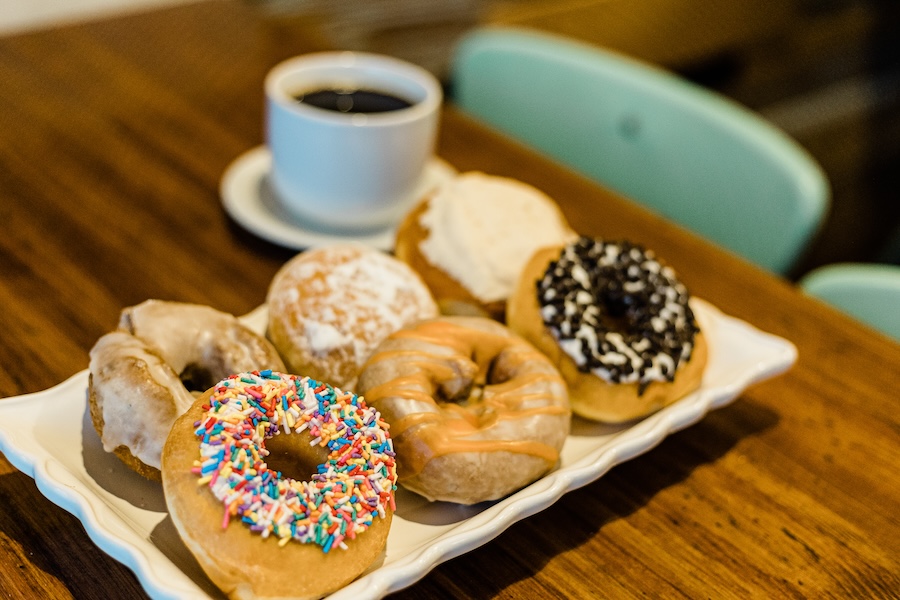
Tucked into “The Mountain Side of Maryland,” Cumberland is not only where two iconic trails meet—the C&O Canal Towpath and Great Allegheny Passage—but also a great grub hub. One of the city’s oldest establishments, Caporale’s Bakery, has been in business for more than a century and once delivered their baked goods by horse-drawn carriage. Located just blocks from the trail juncture, be sure to stop in to try a pepperoni roll, a favored lunch of Appalachian coal miners dating back to the early 1900s. The bakery is also one of nine stops in Allegany County’s “Donut + Coffee Trail” that can fuel your explorations.
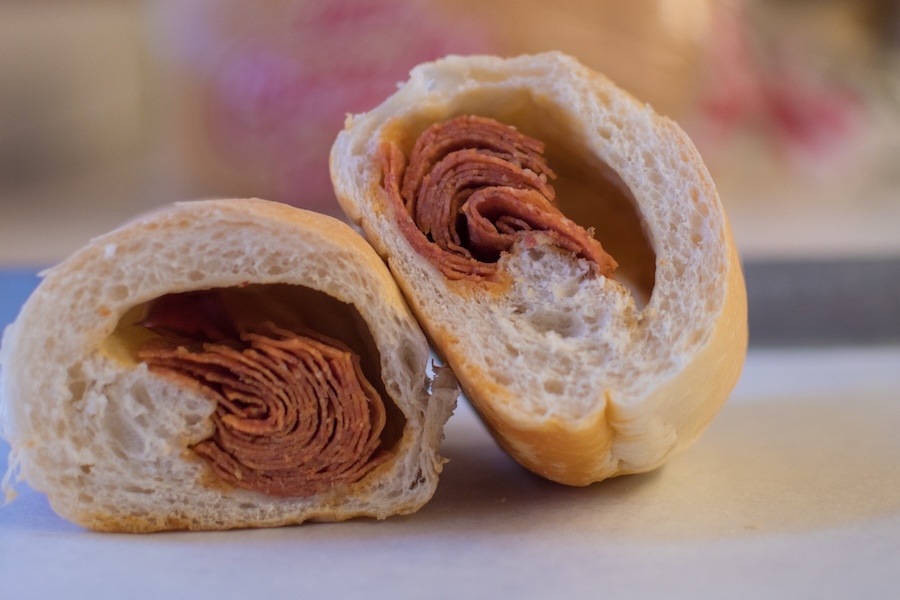
Pennsylvania
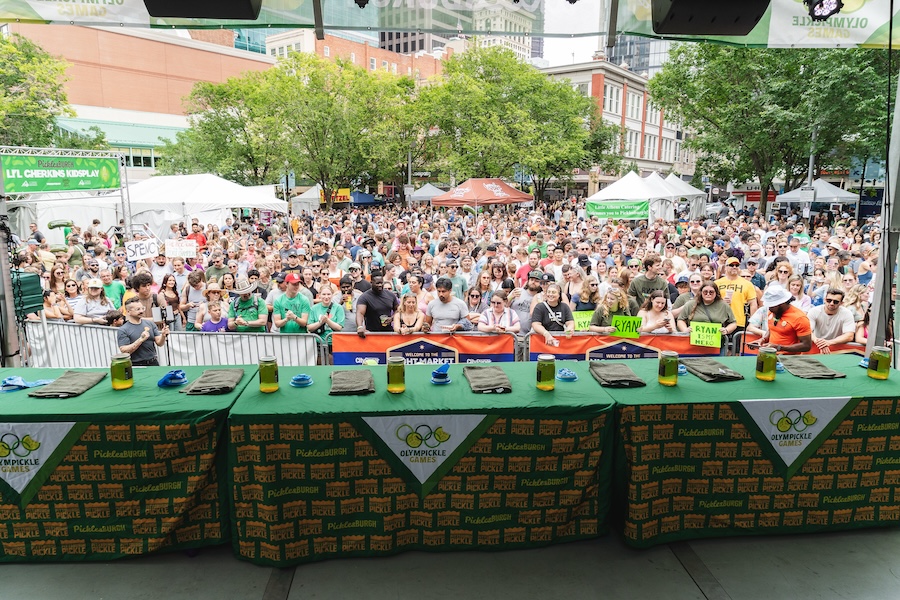
Cutting across the southwest corner of the Keystone State, the Great American route enters Pittsburgh, which has become Picklesburgh every July for the past decade. Dill-icious delights (including pickle-flavored ice cream, fudge and beer) are available throughout the downtown area during the three-day festival, which includes live music and family-friendly activities, plus a pickle-juice-drinking competition as its headline event.
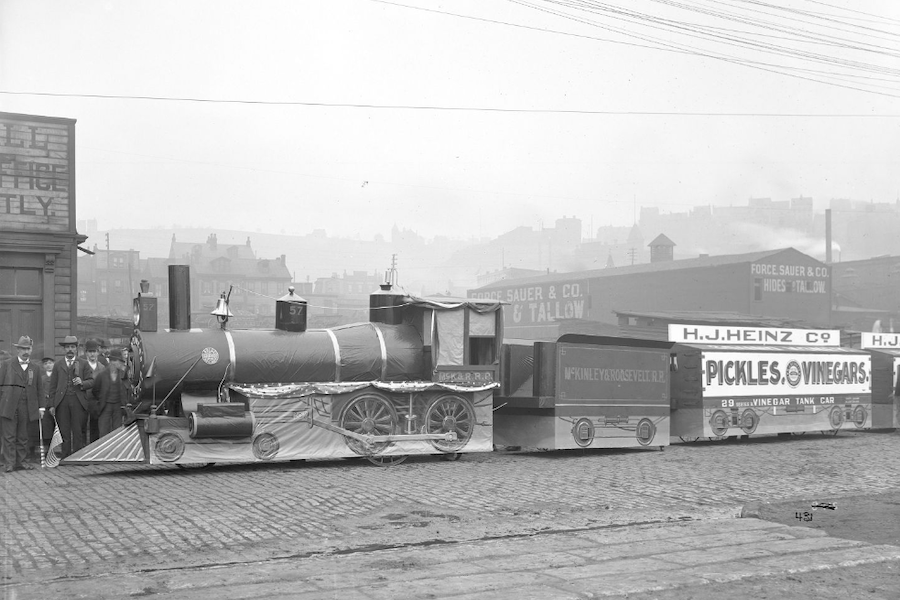
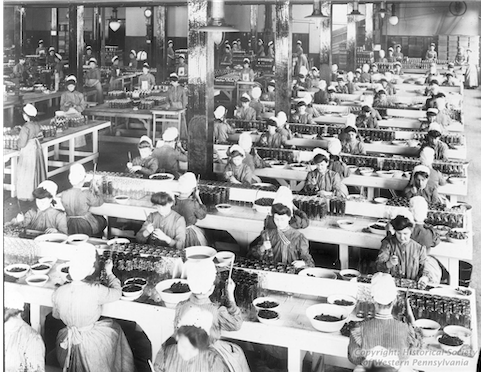
Above it all floats a 35-foot-long pickle balloon bearing the name of the festival’s sponsor, Heinz, whose roots in the Pittsburgh area go back to 1869. Just off the Three Rivers Heritage Trail, you can learn more about the city’s long history of pickling at the Heinz History Center, one of many stops along Pennsylvania’s “Pickled: A Fermented Trail.”
West Virginia
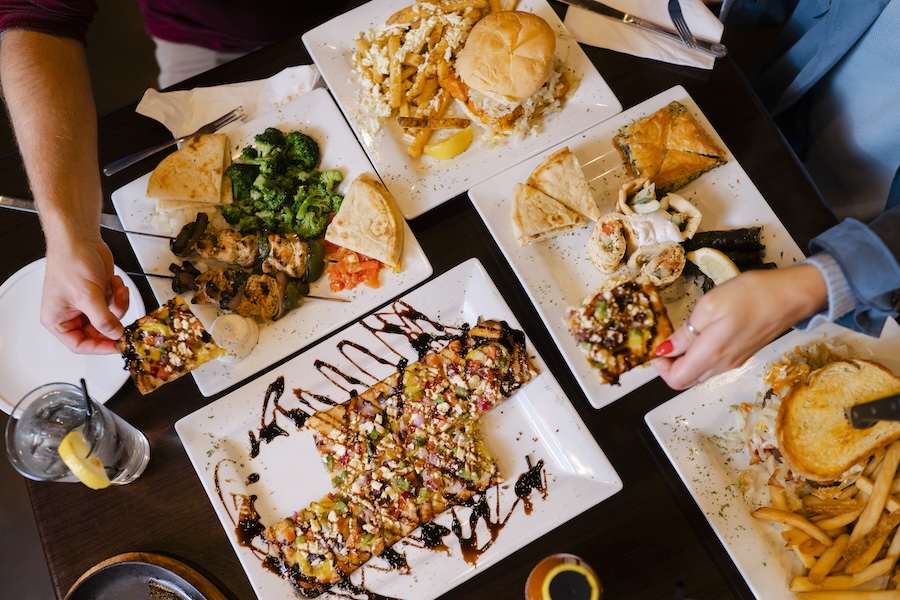
Leaving Pennsylvania, the Great American crosses the Northern Panhandle of West Virginia and Weirton, named for the Weirton Steel Corporation, founded in 1909 and at one time the largest private employer in the state. As the city grew around the steel mill and other industries, many families immigrated to the area for work, especially from Italy, Greece and Serbia. With them came a desire for the foods from back home, and many restaurants sprung up in the community to serve them.
These foods are still celebrated today with annual summer events like the Greek Food Festival—with specialties like gyros, grape leaves and baklava—and Serb Fest, with foods like haluski (buttery noodles and cabbage) and gibanica (a cheese-filled pastry). And near the Panhandle Trail, check out Mario’s Italian Restaurant, a family-owned business for 70 years founded by Italian immigrant Mario DiCarlo.
Ohio
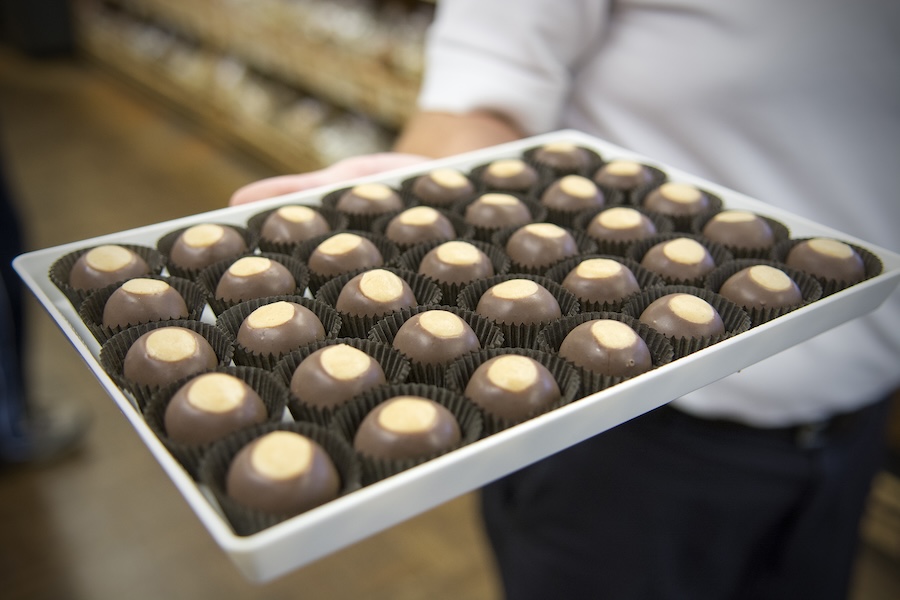
No trip to the Buckeye State would be complete without a taste of its namesake candy: a chocolate-coated peanut butter ball designed to resemble the (inedible) nut of the native buckeye tree—which itself resembles the eye of a deer. The Great American travels through the heart of the state largely on the 326-mile Ohio to Erie Trail, but you can also eat your way across by checking out the more than three dozen stops on the Ohio Buckeye Candy Trail. The dipped delight is largely believed to have been created in the 1960s by Ohioan Gail Tabor, a newspaper reporter.
Indiana
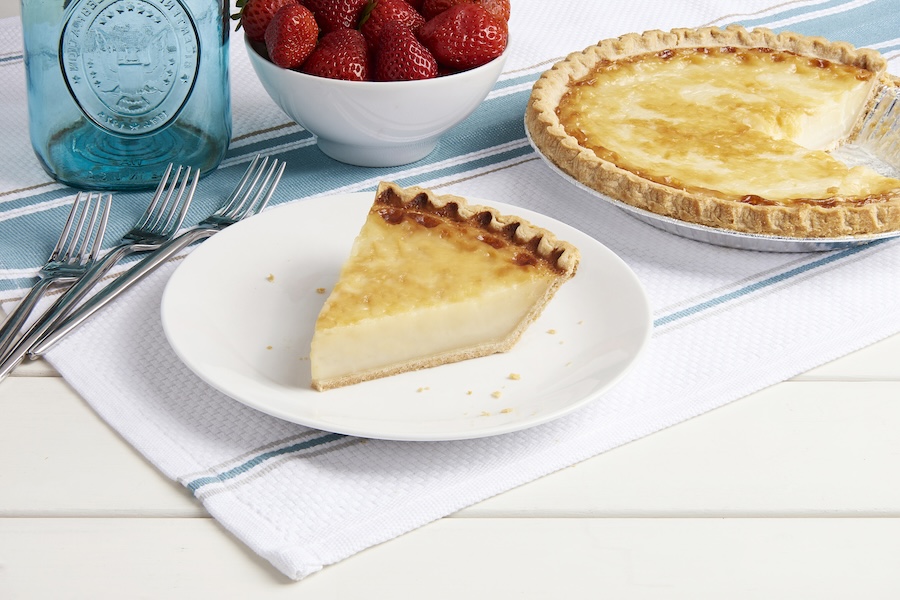
There are many theories about where Indiana’s “Hoosier” nickname comes from, but one thing is certain: the state’s Hoosier Pie is delicious! The earliest recorded recipe for the popular dessert dates to 1816, the same year that Indiana officially became a state. Also known as sugar cream pie, its main ingredients are, as you might suspect, sugar and cream; it’s also typically made with butter, flour or cornstarch as a thickener, and vanilla—simple ingredients that speak to its origins from the Shaker farming communities of the early 1800s.
For your own slice, you can follow the Hoosier Pie Trail with nearly three dozen stops across the state, including Concannon’s, a family-owned bakery in Muncie, a major hub for the 62-mile Cardinal Greenway. As the state’s longest rail-trail, it’s a key segment of the Great American’s diagonal route across Indiana.
Illinois
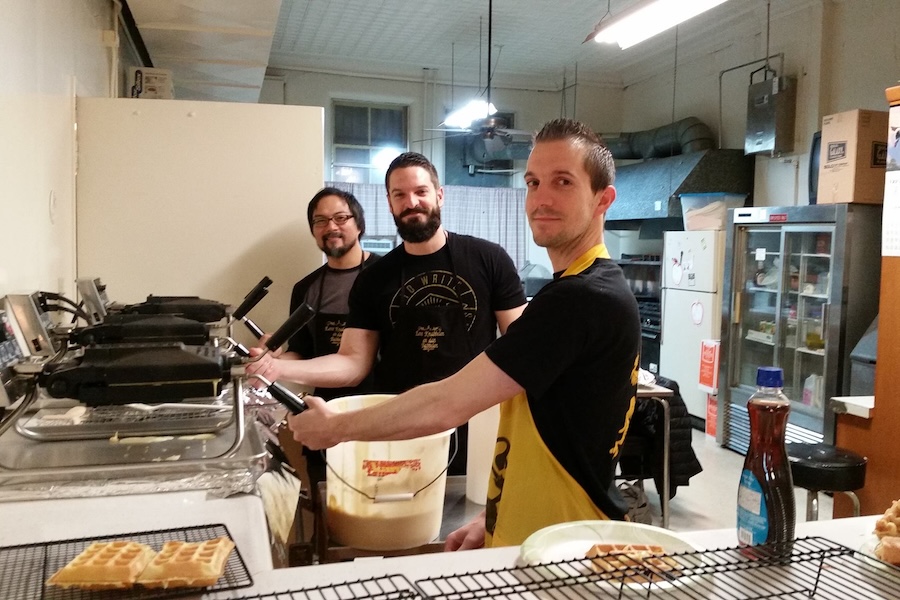
Fun fact: Cycling was designated the official “state exercise” of Illinois in 2018. Work up an appetite on its Great American route which traverses the northern half of the state. On its way to crossing into Iowa, the trail enters Moline and the greater Quad Cities region. This area once boasted the largest Belgian population in the country, with immigrants drawn here by both farming and industrial opportunities. In celebration of this heritage, the city’s Center for Belgian Culture serves up a Belgian waffles breakfast for the community each month. The center is located just a mile from the Great River Trail, which follows the Mississippi for more than 60 miles.
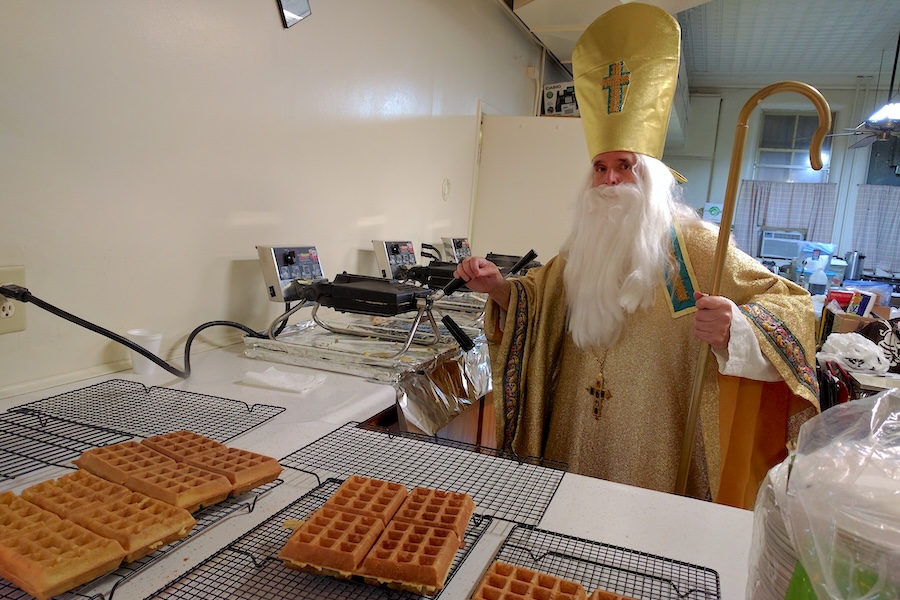
Iowa
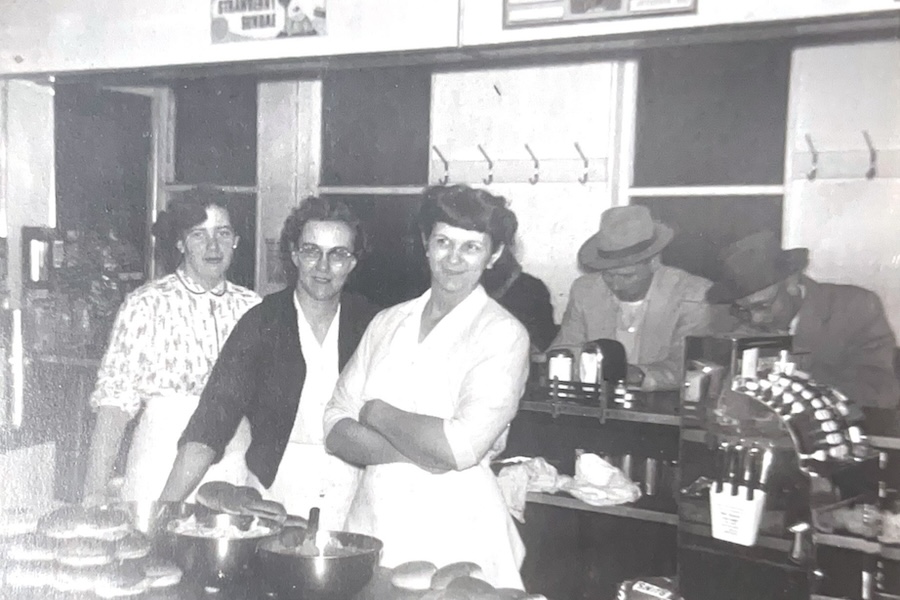
More than a decade before McDonald’s, Iowa’s Maid-Rite was one of the country’s first fast-food chains, opening in 1926, just as widespread car ownership started taking off during the Roaring Twenties. Back then, its signature dish, a loose-meat sandwich made of seasoned ground beef served on a steamed bun, cost only a dime. Today, they also serve malts, shakes and other sandwiches in more than 70 locations across the Upper Midwest. The Great American route spans Iowa from the Mississippi to the Missouri, and you’ll find Taylor’s Maid-Rite located at its center in Marshalltown. The landmark franchise, family owned for just shy of a century, is located less than a half mile from the trail along Linn Creek.
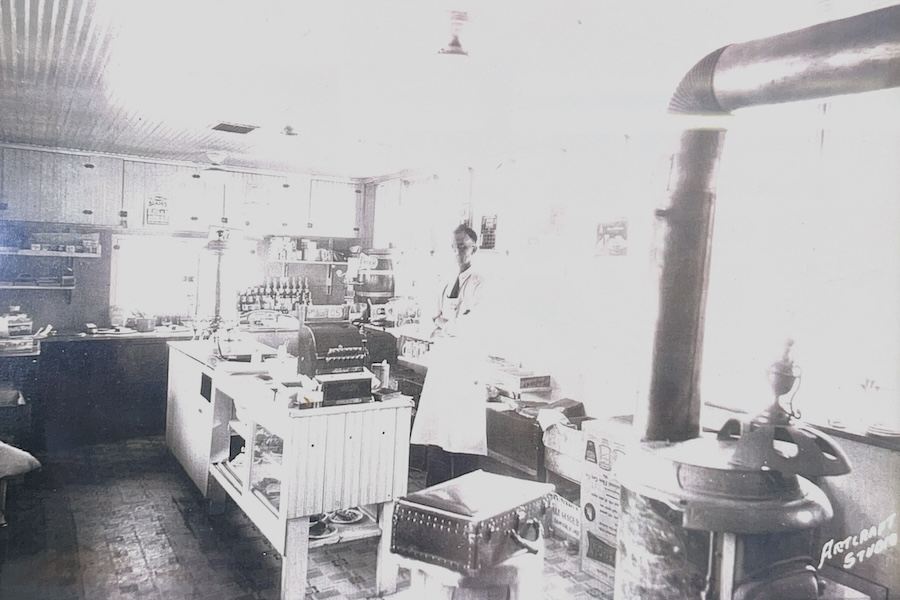
Nebraska
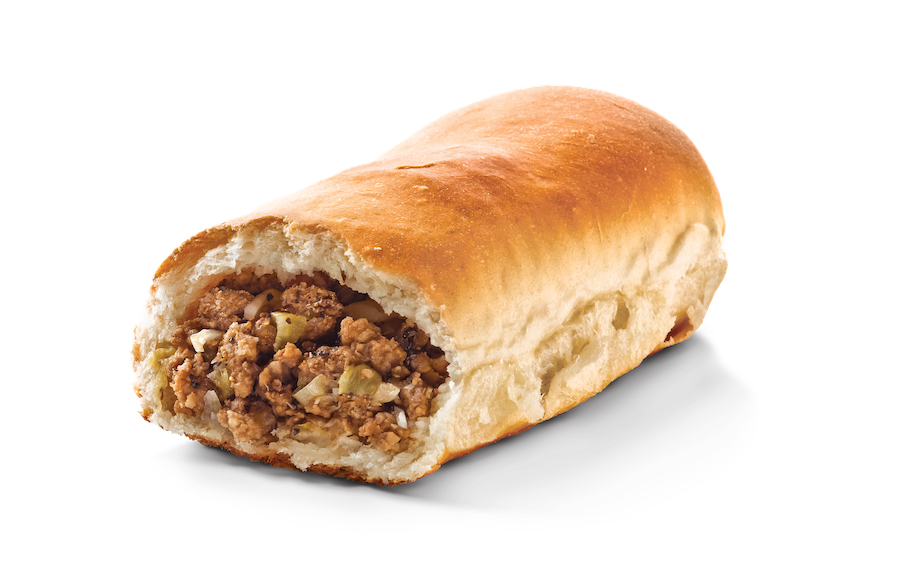
Spanning more than 200 miles, Nebraska’s Cowboy Trail is one of the longest rail-trails in the country and a key part of the Great American’s route across the state. It begins on the state’s eastern end in Norfolk, a community founded in 1866 by German settlers attracted to the opportunity to farm here under the Homestead Act, which was passed just a few years earlier. And they weren’t the only ones; by 1870, 25% of the state’s residents were foreign born.
The Germans brought with them a sandwich made of yeast bread surrounding a pocket filled with beef, cabbage and onions that’s still strongly identified with Nebraska to this day. The savory snack grew in popularity after the Runza® restaurant named after it opened in Lincoln in 1949 and expanded across Nebraska. In the 1970s, employees even wore lederhosen-style uniforms as a nod to the sandwich’s German roots. The restaurant’s Norfolk location is less than 2 miles from the Cowboy trailhead in Ta-Ha-Zouka Park.
Wyoming

Although much of the Great American route across Wyoming remains to be filled in, open segments of the trail are completed in a handful of Cowboy State communities, including Cody. Here, Buffalo Bill Cody built the Irma Hotel in 1902, naming it after his youngest daughter. He often stayed at the hotel, now listed on the National Register of Historic Places, upon returning from his Wild West Show tours. Throughout the state, you’ll often see hearty Western fare on menus, including the bison burger; the hotel’s restaurant serves up a version it calls the buffalo burger. Just south of the downtown hotel, walk off your meal by taking a 2-mile loop on the Great American’s Beck Lake Park Bike Trail.
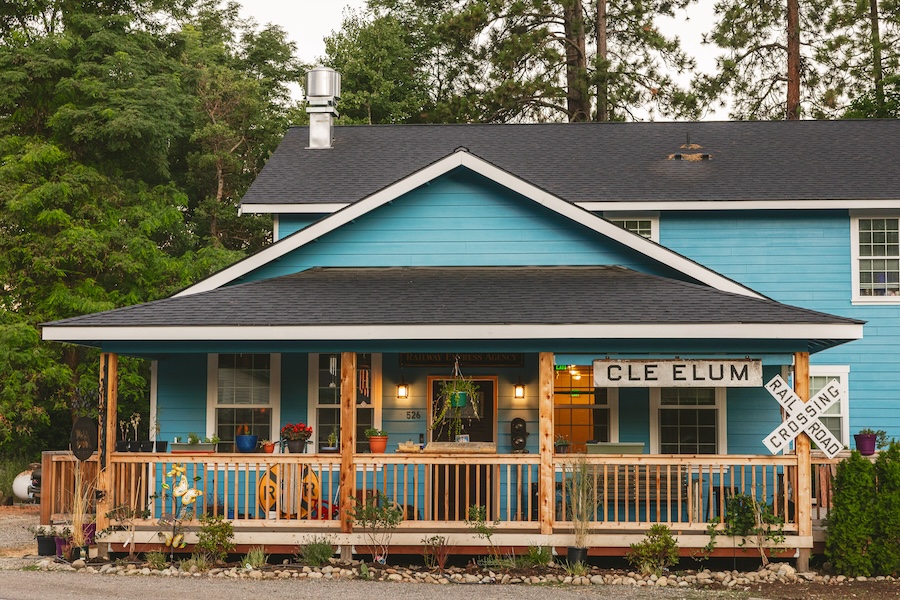
Montana

Winding its way through mountainous western Montana, the Great American will connect some of the state’s largest cities, including Bozeman, Butte and Missoula. Beginning in the 1860s, mining boomed in Butte, leading to the city being dubbed “the richest hill on Earth” and drawing a surge of Asian and European immigrants to the area. Two food items still on Montana menus from that era include pasties—savory hand pies filled with chopped meat, potatoes and onions that were portable and easy to eat—and fried pork chop sandwiches, which, according to local lore, an entrepreneur named John Burklund started selling to hungry miners out of a wagon cart in 1924.
The mining industry also left its mark on the landscape, including the Silver Bow Creek Valley, which was targeted for environmental remediation in 1983. You can see its remarkable transformation along the greenway following the creek on the west end of Butte.
Idaho
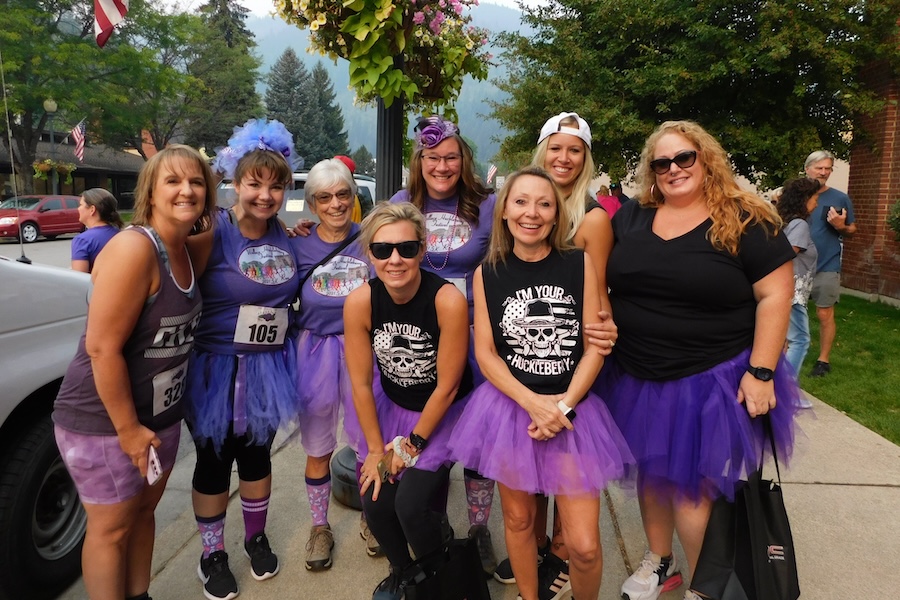
Although Idaho is largely associated with the potato, the root vegetable is primarily grown in the southern and southeastern parts of the state. In the high-elevation forests of Idaho’s northern panhandle, where the Great American journeys across on the Trail of the Coeur d’Alenes, the huckleberry is more common. Visit a local café or dinner here and you’re likely to find the dark purple, blueberry-like fruit served up in pie or ice cream. The region’s annual Wallace Huckleberry Festival & Fun Run celebrates Idaho’s official state fruit, which also happens to be a favorite of bears!
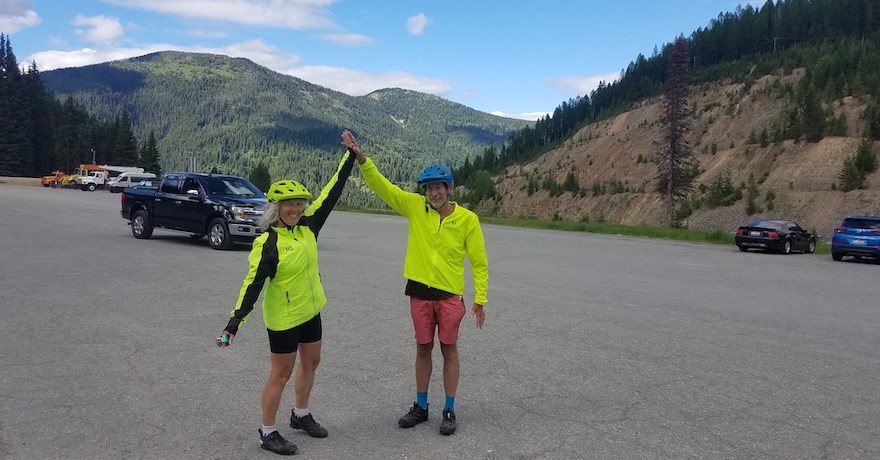
Washington
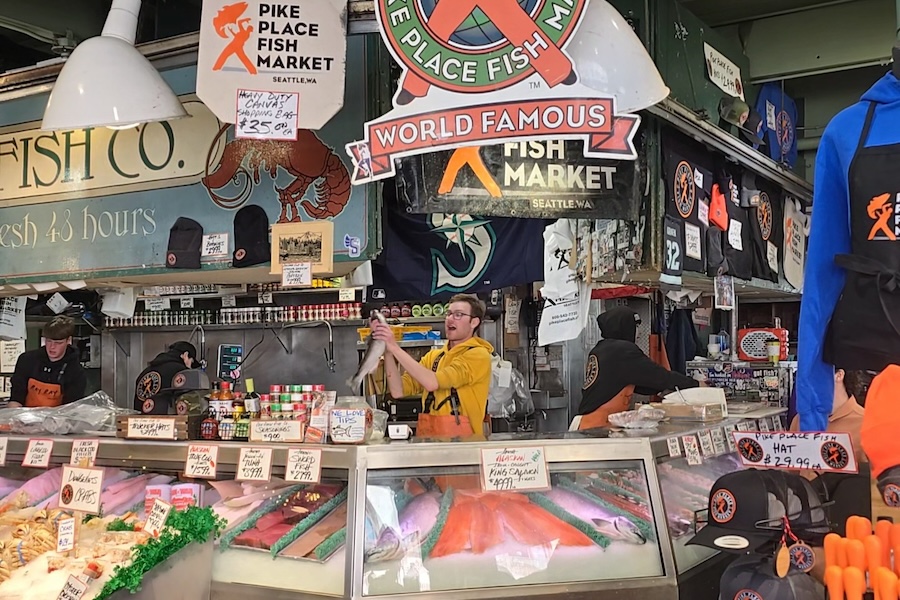
Our coast-to-coast experience wouldn’t be complete without a fish on this list, and salmon is a Washington favorite. As you swing through the city on the Great American’s Burke-Gilman Trail, you’ll be steps from Ray’s Café, where you can try salmon and other seafood options for which the region is known while enjoying views of Puget Sound and the Olympic Mountains. About 3 miles south of the trail, another not-to-miss-stop is the Pike Place Fish Market, a staple of the city since 1930. During the summer, salmon migrate through the Hiram M. Chittenden Locks (Ballard Locks) just off the trail; visit the salmon viewing room and education center there to learn more about them. Nearby, the Ballard Seafood Fest, around since the 1970s, presents another opportunity for fishy fun each July.
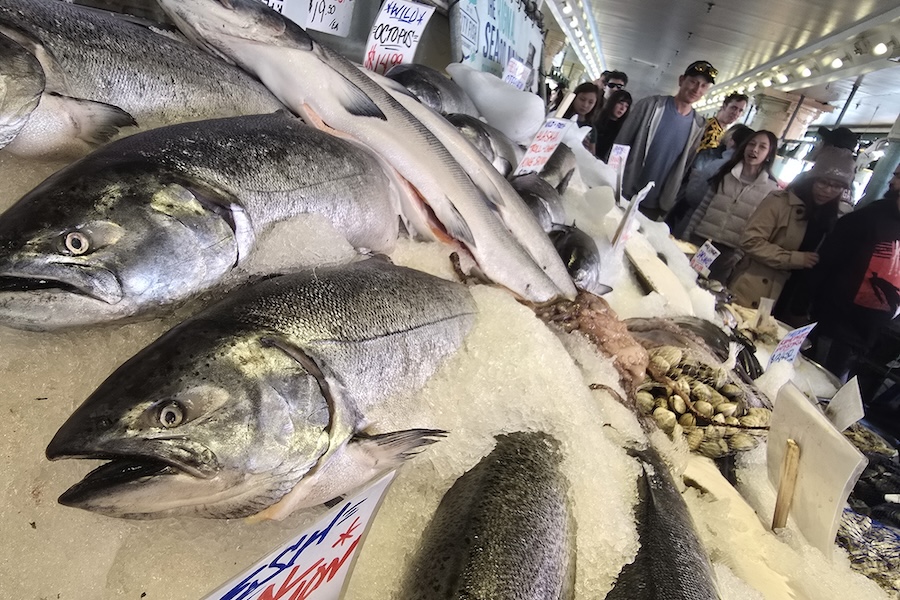
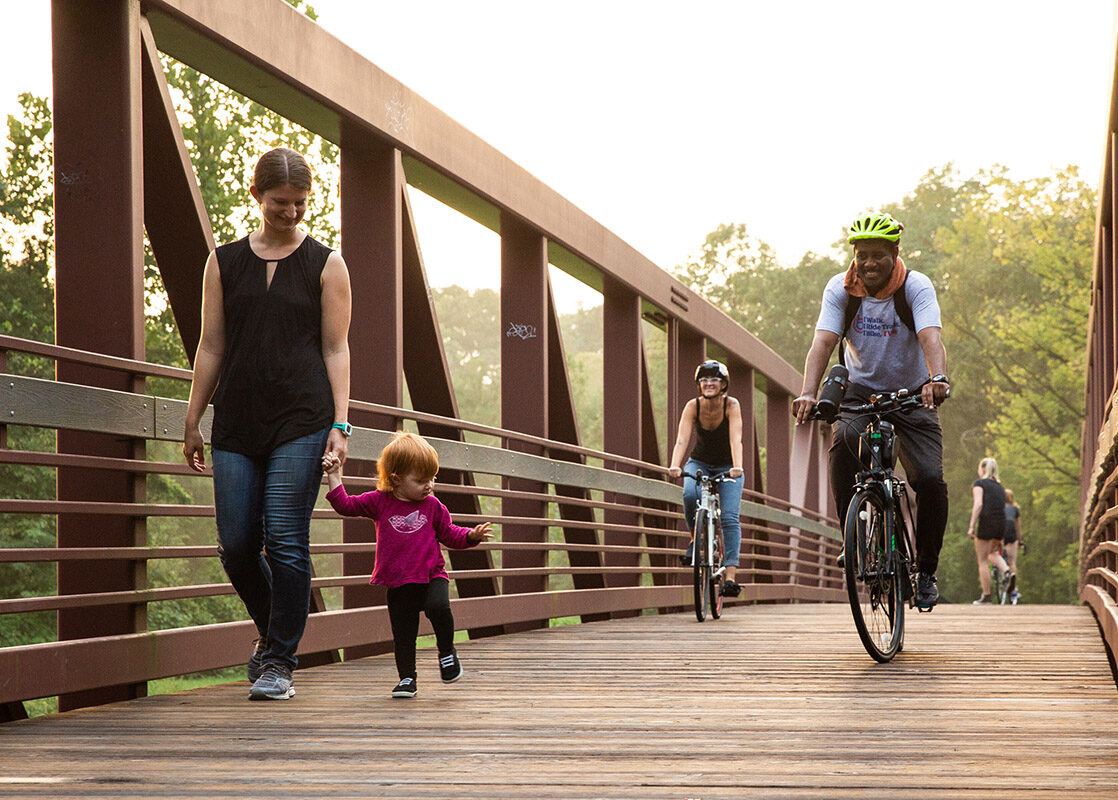
Donate
Everyone deserves access to safe ways to walk, bike, and be active outdoors.